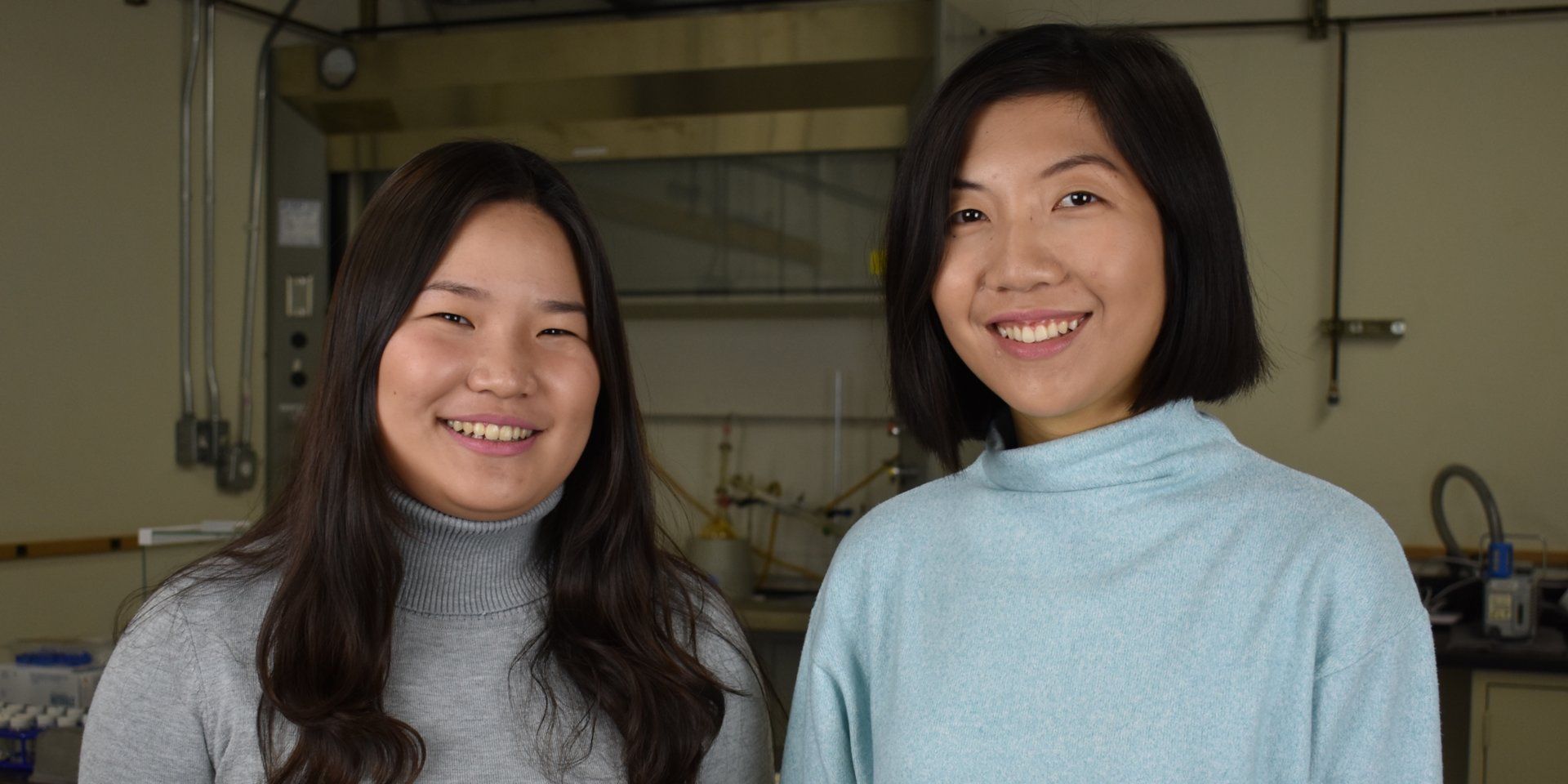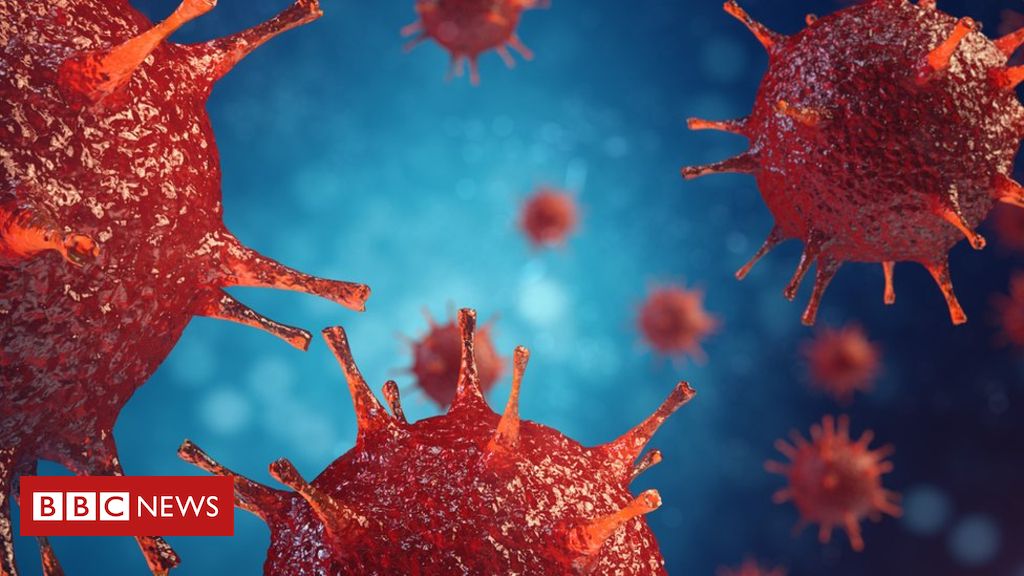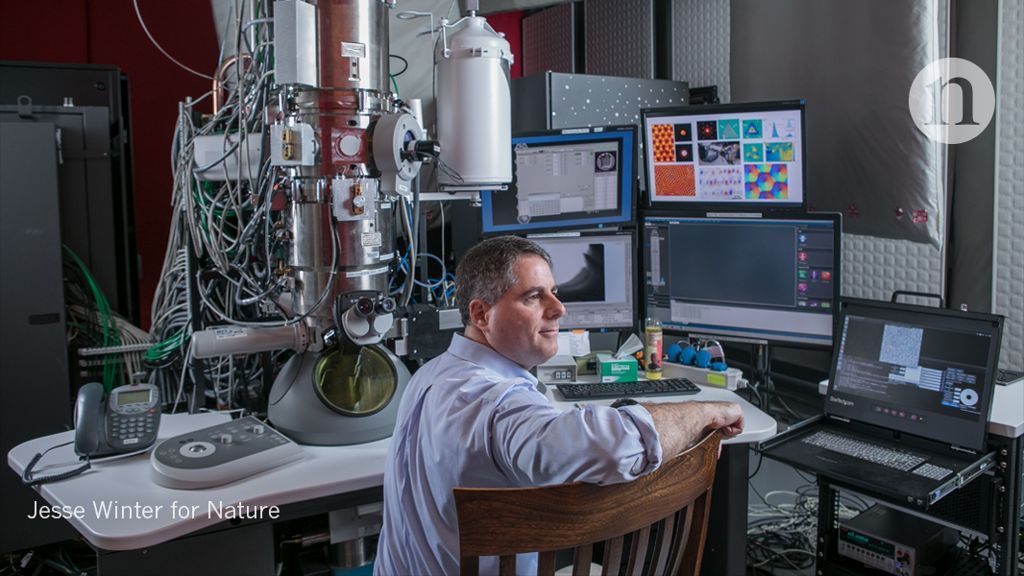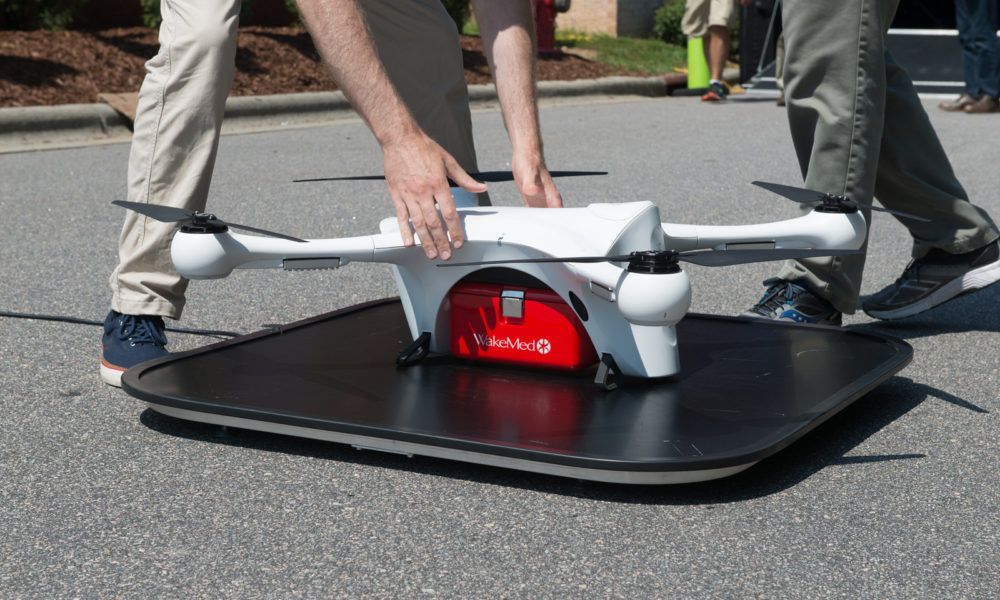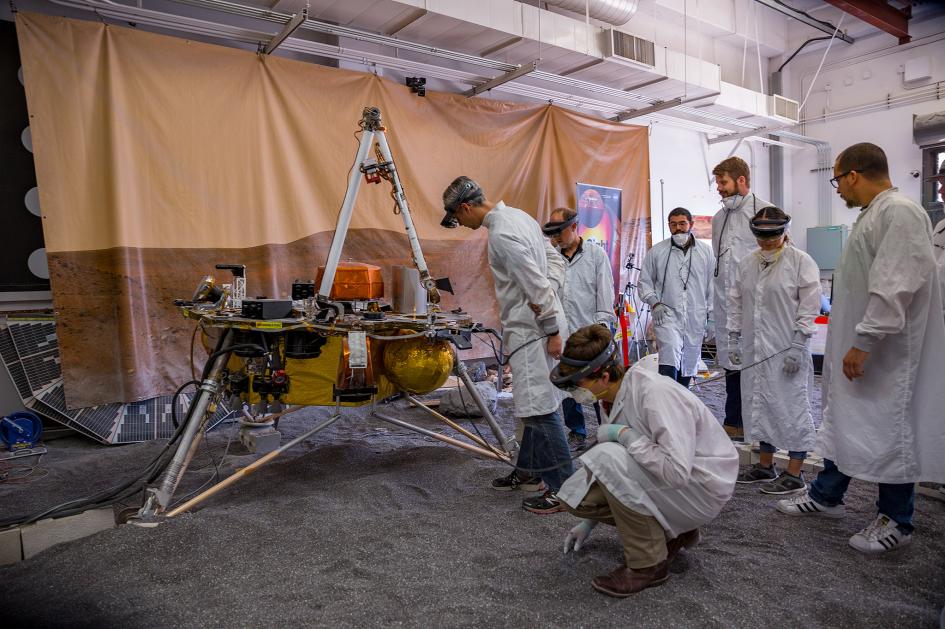Page 9687
Nov 21, 2018
Scientists find possible new species in Caribbean waters
Posted by Genevieve Klien in category: futurism
SAN JUAN, Puerto Rico (AP) — U.S. scientists have wrapped up a 22-day mission exploring waters around Puerto Rico and the U.S. Virgin Islands with the deepest dives ever recorded in the region.
They found a rare shark embryo, 2-meter (7 feet) high corals and sponges with sharp edges, among hundreds of other things.
Daniel Wagner was the expedition coordinator with the U.S. National Oceanic and Atmospheric Administration. He told The Associated Press on Wednesday that scientists collected 89 samples overall and will now start to analyze them. He said scientists believe they may have found several new species, although it will take years to confirm.
Nov 21, 2018
A 24-year-old has invented a new way to break down plastic waste and prevent it from landing in the ocean
Posted by Genevieve Klien in category: materials
BioCellection CEO Miranda Wang, 24, has invented a new way to break down plastic waste and prevent it from polluting the ocean.
Nov 21, 2018
Simple sugar ‘can slow cancer growth’
Posted by Genevieve Klien in category: biotech/medical
A study by researchers at Glasgow University may point to a way of “starving” tumour cells.
Nov 21, 2018
The microscope revolution that’s sweeping through materials science
Posted by Genevieve Klien in categories: particle physics, science
Scientists can’t study what they can’t measure — as David Muller knows only too well. An applied physicist, Muller has been grappling for years with the limitations of the best imaging tools available as he seeks to probe materials at the atomic scale.
One particularly vexing quarry has been ultra-thin layers of the material molybdenum disulfide, which show promise for building thin, flexible electronics. Muller and his colleagues at Cornell University in Ithaca, New York, have spent years peering at MoS2 samples under an electron microscope to discern their atomic structures. The problem was seeing the sulfur atoms clearly, Muller says. Raising the energy of the electron beam would sharpen the image, but knock atoms out of the MoS2 sheet in the process. Anyone hoping to say something definitive about defects in the structure would have to guess. “It would take a lot of courage, and maybe half the time, you’d be right,” he says.
This July, Muller’s team reported a breakthrough. Using an ultra-sensitive detector that the researchers had created and a special method for reconstructing the data, they resolved features in MoS2 down to 0.39 angstroms, two and a half times better than a conventional electron microscope would achieve. (1 Å is one-tenth of a nanometre, and a common measure of atomic bond lengths.) At once, formerly fuzzy sulfur atoms now showed up clearly — and so did ‘holes’ where they were absent. Ordinary electron microscopy is “like flying propeller planes”, Muller says. “Now we have a jet.”
Continue reading “The microscope revolution that’s sweeping through materials science” »
Nov 21, 2018
Drone successfully flies human organ transplant between hospitals
Posted by Klaus Baldauf in categories: biotech/medical, drones
For the first time, a human organ has been successfully transported between medical facilities by a drone. A team of scientists from the University of Maryland Baltimore used a research-qualified donor kidney as a test subject to shuffle back and forth on a remotely piloted hexacopter, testing the organ for changes throughout 14 flights. Its longest journey was 3 miles at a maximum speed of 40 mph, the duration and distance of which were suitable for demonstrating transportation between inner city hospitals.
Currently, organs have few options for transportation, and the process for moving them involves a network of couriers and commercial aircraft that are dependent on schedules and traffic patterns. When normal commercial schedules aren’t available, the cost of private charter transportation can be prohibitive. Even when cost isn’t a factor, the time involved in the process altogether can prevent a transplant from being completed as organs are very sensitive cargo.
To best ensure a successful transplant procedure, organs must be moved quickly between the donor and the recipient. The amount of time an organ can spend chilled after removal and when it’s warmed up and the blood supply restored, called cold ischemia time (CIT), is very limited. Some organs, such as the heart, only have as few as 4 hours available to be transported before they are no longer eligible for transplant. Up against airplane flight availability and traffic patterns, an improvement like what drone transportation could provide might have life saving implications.
Continue reading “Drone successfully flies human organ transplant between hospitals” »
Nov 21, 2018
Why Changing-Look Quasars Appear to Vanish
Posted by Genevieve Klien in category: cosmology
Quasars powered by supermassive black holes have been unexpectedly vanishing. Scientists have started to figure out why.
Nov 21, 2018
First flight of ion-drive aircraft
Posted by Klaus Baldauf in categories: futurism, transportation
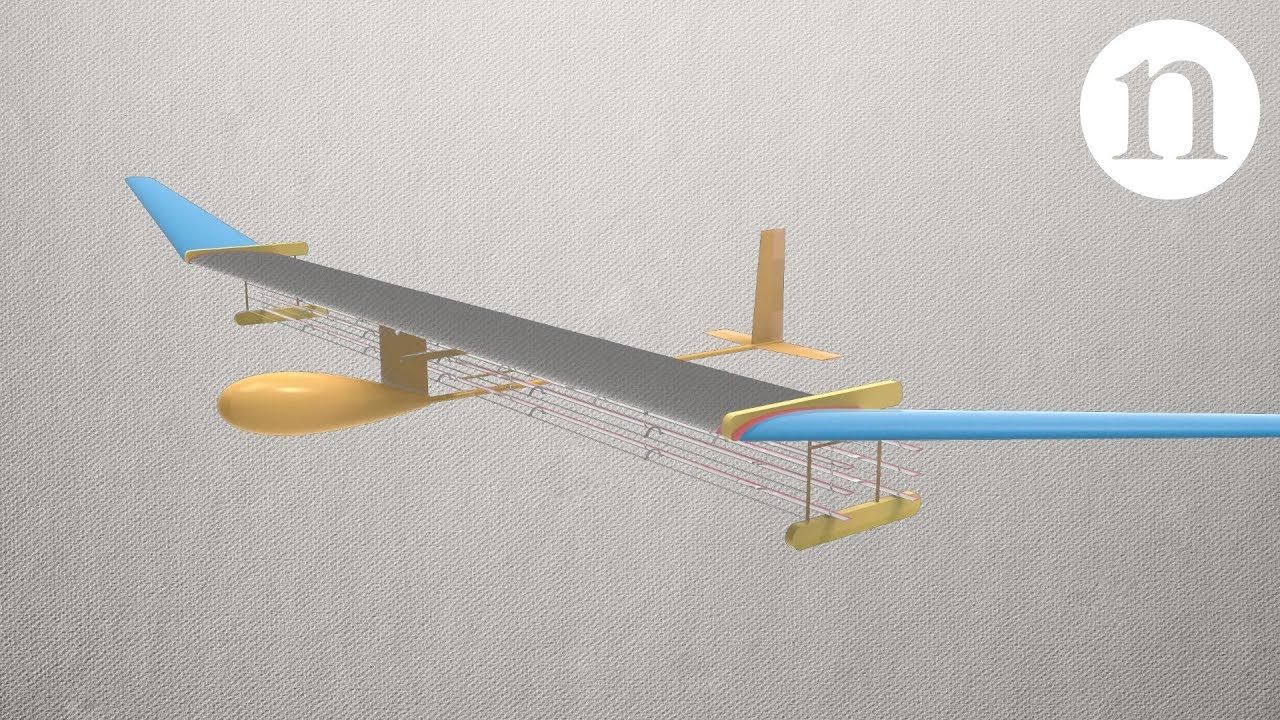
A remarkable machine propelled by ionic wind could signal a future with cleaner aeroplanes.
Nov 21, 2018
Landing on Mars is harder than you think. Here’s how NASA prepares
Posted by Genevieve Klien in categories: robotics/AI, space
Nov 21, 2018
40 Million People With Diabetes Will be Left Without Insulin by 2030
Posted by Genevieve Klien in category: biotech/medical
Insulin will be beyond the reach of around half of the 79 million people expected to be living with diabetes in 12 years time, a new study predicts.


